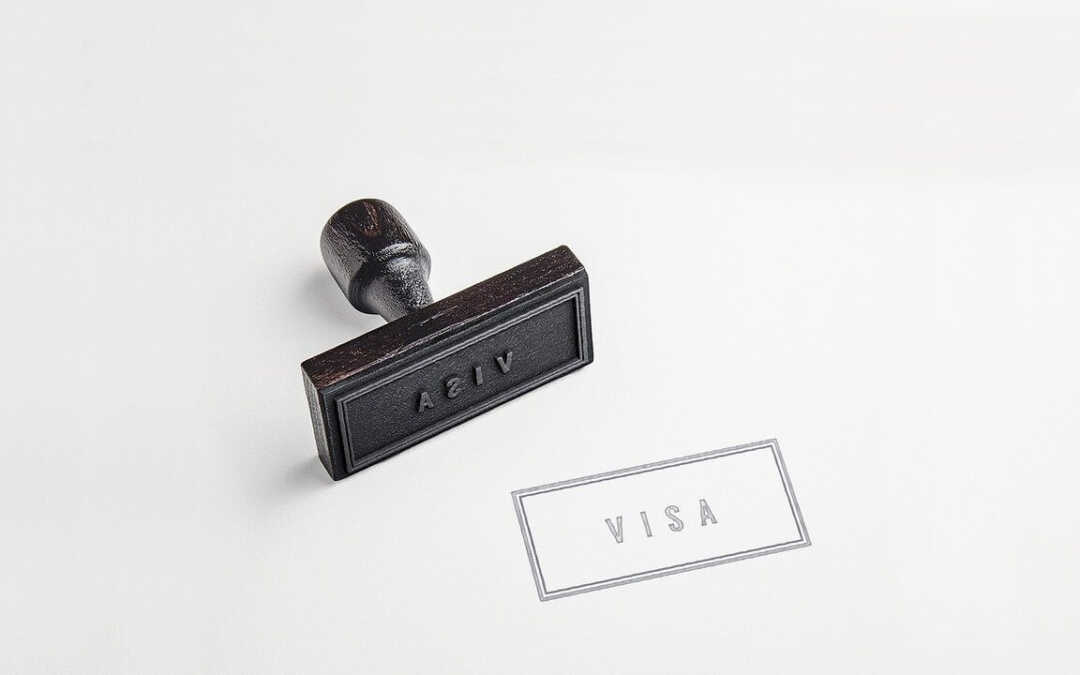With more than 100 different classes to choose from, the Australian visa landscape can be complicated and daunting. Whether it’s a backpacking trip working in bars, assisting in the construction of a new submarine fleet, or driving in the Formula 1 Grand Prix, the activities to be undertaken will require a different and appropriate visa.
With more than 100 different classes to choose from, the Australian visa landscape can be complicated and daunting. Whether it’s a backpacking trip working in bars, assisting in the construction of a new submarine fleet, or driving in the Formula 1 Grand Prix, the activities to be undertaken will require a different and appropriate visa.
Entering the country for a job interview
The visa you will need to apply for will always be determined by your intention when you get to Australia. For example: is it a holiday to see the sights, enjoy some good food, and drink some world-class wine? Perhaps see distant relatives or even attend a job interview? If the answer is yes then a subclass 600 visa, also known as an ETA or Electronic Travel Authority, is required.
Short-term projects
If the visit is less focussed on food, festivals, and fun but more on work on a short-term project for a few weeks (or perhaps even months) then the application should be for a Temporary Work (Short Stay Specialist) visa (subclass 400). This short term work visa for Australia is for people with skills in a highly specialised profession and allows the applicant to work in Australia for up to three months. As such, the subclass 400 is used generally by people coming in for short-term projects.
Due to the short-term nature of the visa, the family is not often included with the application, however, they are allowed to be included if the applicant wishes. One important aspect to note about the application process is that the applicant must be outside Australia both when the visa is applied for and when it is granted. At a cost of $310 in government fees, an approximate processing time of 1 to 14 days, and having no sponsorship obligations, it is seen by Australian businesses as a good solution to the issue of bringing overseas talent into Australia for project work.
Applicants travelling to Australia on such projects would also need a temporary place to call home. A good idea is to consider a corporate apartment that is specifically designed for long-stay business travellers.
Long-term contracts
But maybe the project isn’t short-term, or perhaps it may be a more permanent move to Australia. In this case, you would likely need to apply for a Temporary Skill Shortage visa (subclass 482) as the longer-term and more permanent work solution. This visa allows for up to four year’s stay in Australia and it is often possible to apply for renewals to extend this stay even further.
When an applicant is initially relocating, organising a temporary home would be a good idea whilst a more permanent base is arranged.
Keeping up
Australian migration law is a complicated and ever-changing field and these are but a few of the myriad of options that exist for travel to this lucky country. If you are looking at travelling for work, we highly recommend that you seek professional advice before lodging any application.
Guest Author:
Amanda Tinner Visa Executive Pty Ltd
MARN 0325139


